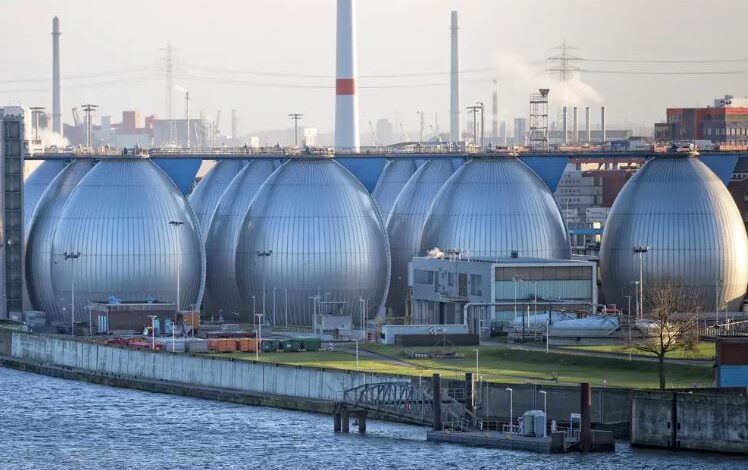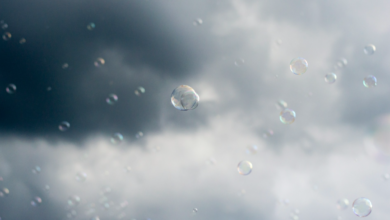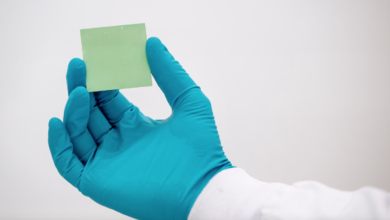Reverse osmosis desalination takes a step forward
In the 130,000 scenarios analyzed, desalination is almost always available
(sustainabilityenvironment.com) – In a world experiencing increasingly severe and frequent droughts, innovative solutions for desalination need to be developed. The research consortium of the National Alliance for Water Innovation in the United States took care of this. In a new study published in Desalination, the researchers analysed an emerging form of reverse osmosis, called reverse osmosis with low salt rejection. A technique that could also treat highly salt water, making it drinkable.
We are still at the theoretical level, and for this reason the study develops around a mathematical model to evaluate the real impact of these systems. With the help of a supercomputer, the model evaluates the cost, the production of clean water and the energy consumption needed to carry out desalination.
In many cases, the result is encouraging. Reverse osmosis with low salt residue is in fact the most convenient choice. The total cost of producing clean water is reduced by up to 63%. The calculation is made taking into account 130 thousand potential different scenarios.
It seems a contradiction, because osmosis with low salt rejection should filter the incoming water less severely. For this it consumes less energy. Membranes pass more water and need less power to manage the process. However, here comes the idea of combining this method with standard reverse osmosis. When the saline residue – still too high – is knocked down by a first passage, it is enough to push the water back through the membranes (standard reverse osmosis) to obtain drinking water.
How many membranes guarantee optimal filtration? How many water cycles are needed? And how much energy does each membrane use? That’s what the supercomputer was for: to answer these questions better and faster. Instead of taking 88 days to get a picture of all the scenarios, the machine analyzed them in an hour.
It appears that reverse osmosis with low salt rejection could exceed its competitors in terms of both cost and energy consumption, at least for water containing less than 125 grams of salt per litre.






